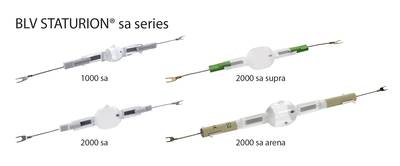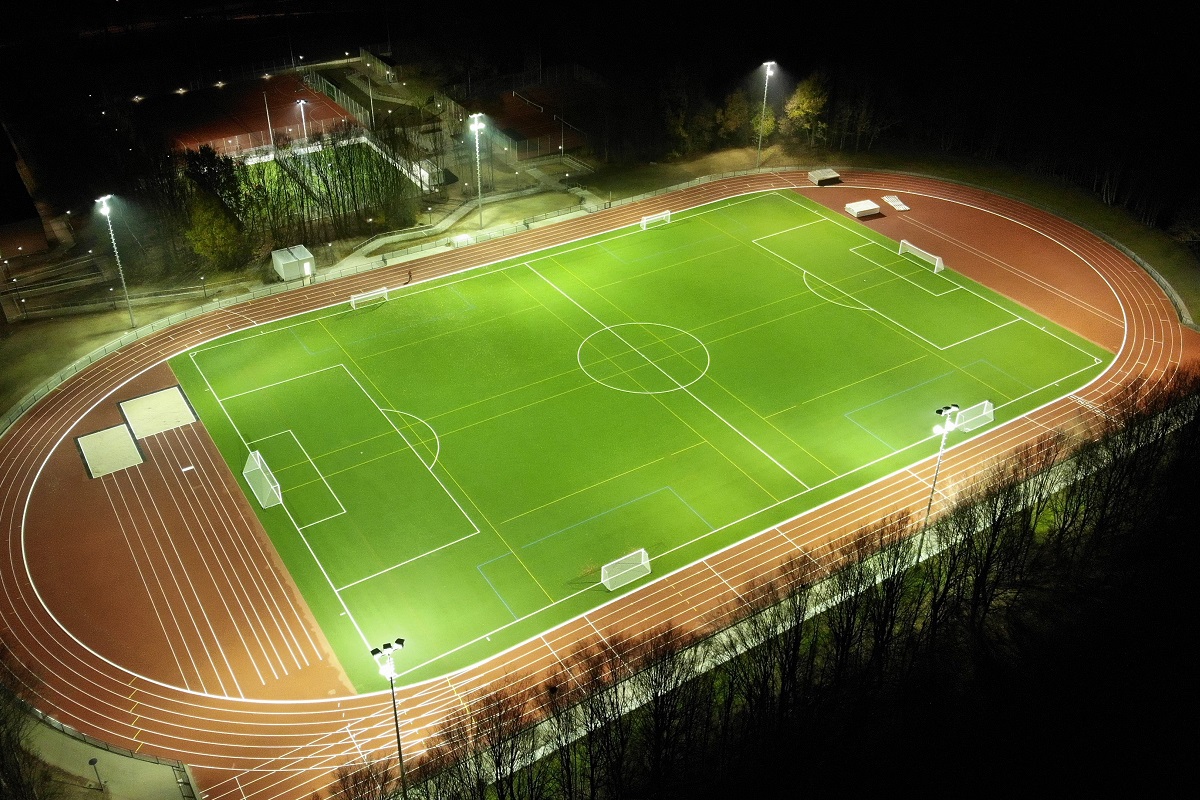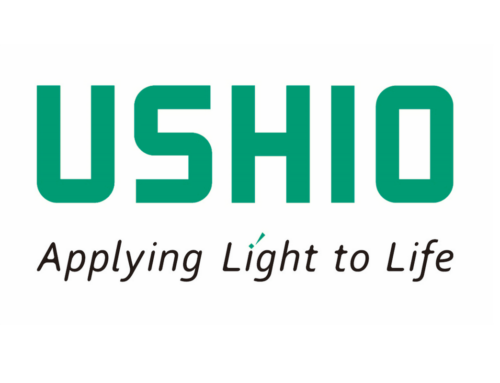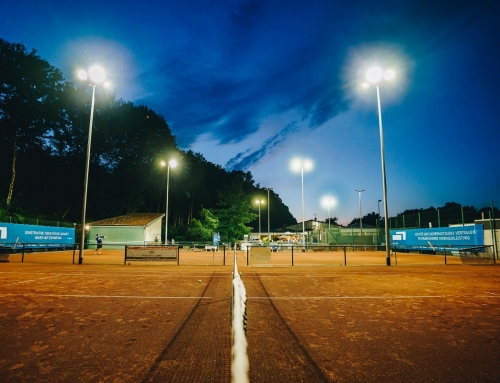With the advent and progress of LED technology, new and varied possibilities are opening up in the lighting sector, also and especially for sports facilities; however, in the fierce competition for market share, misinformation has led to considerable confusion. It is often incorrectly claimed that metal halide lamps, or MH lamps for short, from the family of high-pressure discharge lamps, or HID lamps for short, and also known as HIT, HQI, HRI or HPI lamps for specific manufacturers, are banned by the EU under EU Directive VO 245/2009. This is totally inaccurate and lacks any legal basis!

The HIT lamps used since the mid-1960s and still widely used today – not to be confused with the mercury vapour lamps (also known as HQL lamps), which have been banned since 2015 – belong to the group of high-pressure discharge lamps. Their continuing popularity is due in particular to their outstanding photometric values. They offer an extremely high luminous flux of up to 240,000 lm, a very economical luminous efficacy of up to 120 lm/Watt and, compared with other discharge lamps, they achieve an excellent colour rendering index Ra / CRI of up to 90. They are therefore perfectly suited for illuminating sports facilities of any size, because brightness and colour rendering are crucial criteria for players, performers, and spectators.

We assume that 90% of the conventional light sources currently installed in sports facilities are HIT lamps with wattages of 1,000 W and 2,000 W and with K12s, E40, or X528 bases. There is no need for any action in this respect due to the issued EUP Directive.
Rather, we would like to encourage associations, local authorities, and public building owners to first check the type of illuminants used in case of uncertainty before considering a conversion. In this way, unnecessary costs can be avoided from the very beginning. Because of their high technical lighting values and favourable price-performance ratio, HIT lamps are still the most suitable light source for sports facilities that do not exceed an annual lighting duration of approx. 400 – 500 hours and for which conversion to an LED lighting system for pure energy saving is therefore not mathematically feasible.
Should the inspection of the existing installation reveal that the light sources used are the actually banned mercury vapour lamps (HQL lamps), they can simply be replaced by HIT lamps. The existing spotlights can be retained, only the ignition and ballast need to be replaced. Skepticism is therefore called for if you are advised to convert to LED lighting on the basis of the valid EUP directive VO 245/2009.
Conversion to LED
Rather, the consideration of converting to LED lighting should be based on other considerations:
In addition to the potential energy savings that need to be closely examined, LED technology offers major advantages in the field of effect and event lighting: from dimmability and (changing) colour illumination of the various sports facility areas to “disco” lighting, there are a wide range of options that the respective sports facility can use to its advantage. All of this requires a precise analysis and cost-benefit calculation based on the individual and very different circumstances.
Optimum lighting and illumination of the sports facility in accordance with standards for pure sports operations can still be achieved with conventional lighting. It is effective and cost-saving!



